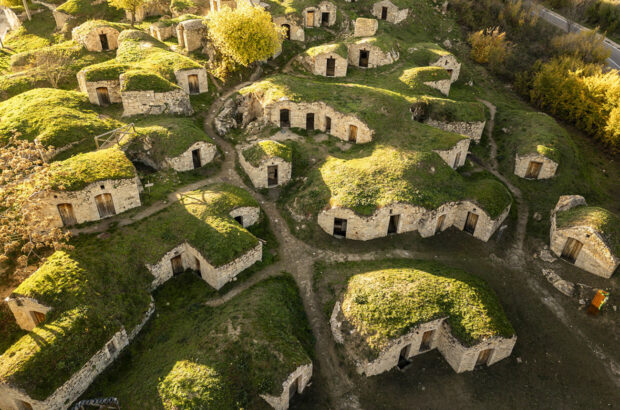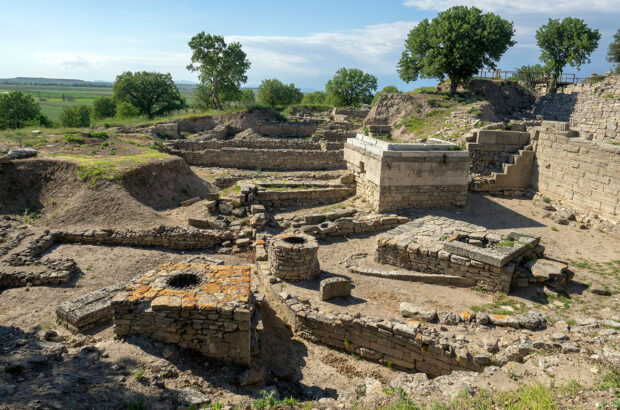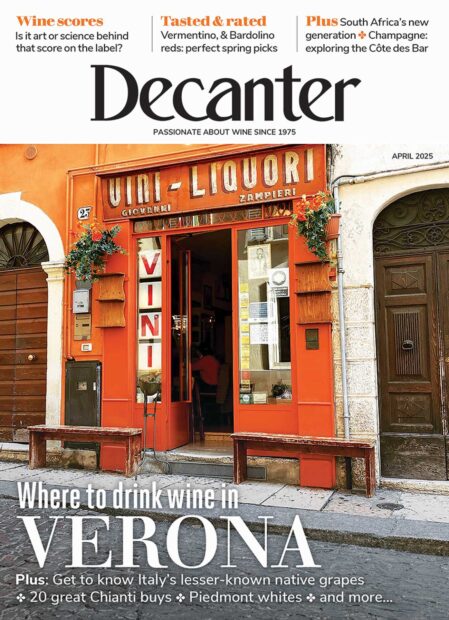The problems of oxidation in older white Burgundy are going – but not gone, Stephen Brook says in the latest issue of Decanter.
Meursault: cellaring risk?
Burgundy aficionados have long been aware of what Stephen Brook calls ‘random oxidation’ of wines mainly from vintages of the 1990s.
Despite strenuous efforts of winemakers, no conclusive cause has been found, and prominent Burgundy collectors give damning testimonies of the devastating effects or premature oxidation on their cellars.
‘At least a dozen vintages…have a propensity to self-destruct’, Bill Nanson of burgundy-report.com says, and views are echoed by several others in the article, including an anonymous UK wine merchant who tells Brook white Burgundy is still ‘unreliable’.
Various theories have been put forward: Jacques Seysses of Domaine Dujac, for example, says corks – treated with ‘known oxidants’ such as bleach and hydrogen dioxide – are in large part responsible, but not wholly so.
At the same time, Meursault producer Patrick Javillier suggests modern pneumatic presses, which allowed less exposure to oxygen than old-style horizontal presses, might be a cause of later oxidation.
His theory, Brook says, was that basket presses ‘gave the must early exposure to oxygen which…protected the wine from subsequent oxidation’, just as a child is inoculated by early exposure to a disease.
Many experts believe the problem is not nearly as prevalent with the vintages from 2000 onwards.
Veteran Burgundy merchant Jasper Morris MW, for example, believes it was due to lowered sulphur levels in the 1990s, and it is now ‘hugely reduced’.
But Brook ends on a warning note: winemakers have done all they can to reduce the risks, he says, but ‘it’s impossible to give a blanket assurance that all is now well.’
If consumers continue to find off wines, ‘then the only recourse’, he says, ‘is to press for a refund or replacement’ from your wine merchant.
The August issue of Decanter is out on 6 July – buy the digital version now.
Written by Adam Lechmere







